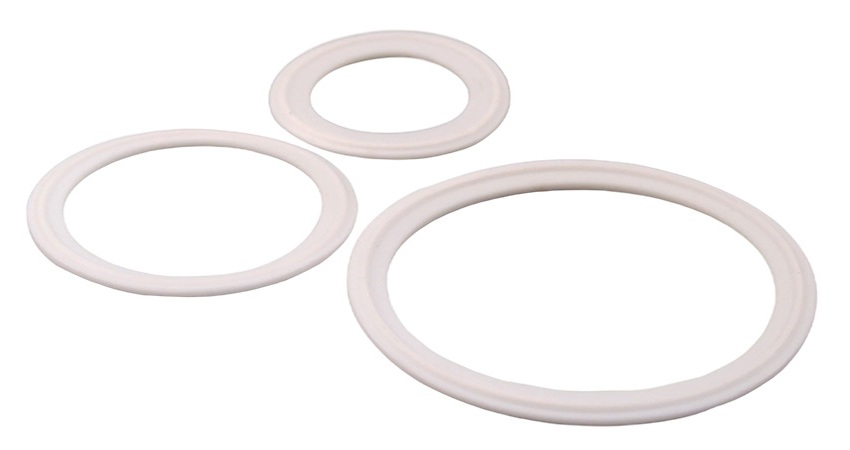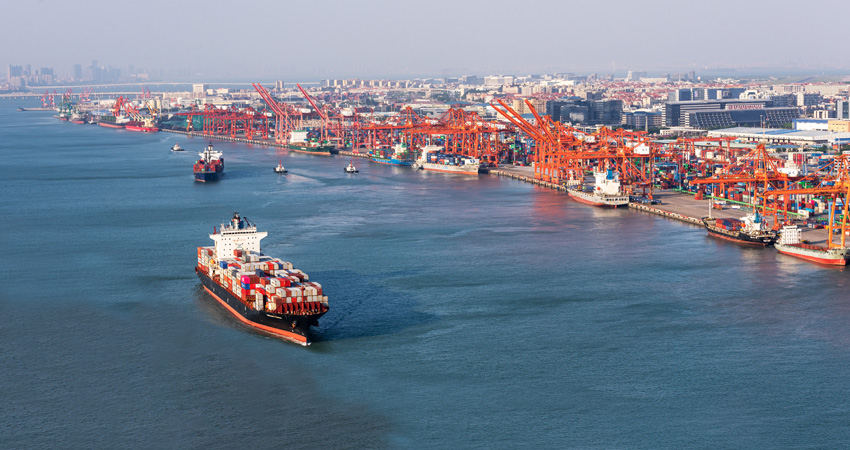How do PTFE parts compare to other polymer materials?
How do PTFE Parts compare to other polymer materials? When selecting materials for industrial applications, procurement managers often face the challenge of balancing performance, durability, and cost-effectiveness. PTFE (Polytetrafluoroethylene) stands out due to its exceptional chemical resistance, low friction, and high-temperature stability. Unlike other polymers such as nylon or polyethylene, PTFE parts can withstand harsh environments without degrading, making them ideal for sealing, bearings, and gaskets in sectors like chemical processing, automotive, and manufacturing. For instance, if you're sourcing components that must endure corrosive substances or extreme temperatures, PTFE offers a reliable solution that minimizes maintenance and downtime. This article explores these differences in detail, helping you make informed decisions for your procurement needs.
- Chemical Resistance and Durability
- Temperature Stability and Performance
- Cost Comparison and Long-Term Value
Chemical Resistance and Durability in Harsh Environments
Procurement specialists often encounter scenarios where components fail due to exposure to aggressive chemicals, leading to costly replacements and operational delays. For example, in chemical plants or pharmaceutical industries, seals and gaskets made from standard polymers like PVC or polypropylene may corrode quickly. PTFE parts, however, provide superior resistance to acids, bases, and solvents, ensuring long-lasting performance without degradation. This durability translates to reduced downtime and lower total cost of ownership. How do PTFE parts compare to other polymer materials? They excel in maintaining integrity under chemical stress, making them a smart choice for high-risk applications. At Ningbo Kaxite Sealing Materials Co., Ltd., we offer high-quality PTFE components that address these exact challenges, helping you source reliable parts that enhance operational efficiency.

| Material | Chemical Resistance Rating | Typical Lifespan in Harsh Conditions |
|---|---|---|
| PTFE | Excellent | 5+ years |
| Nylon | Good | 2-3 years |
| Polyethylene | Moderate | 1-2 years |
Temperature Stability and Performance Under Extreme Conditions
In industries like automotive or aerospace, procurement managers need components that perform reliably across a wide temperature range. Standard polymers may warp or lose strength at high temperatures, causing equipment failure. PTFE parts, however, maintain stability from -200°C to +260°C, offering consistent performance in both freezing and high-heat environments. This makes them ideal for applications such as engine seals or thermal insulation, where other materials like polyester or ABS would fail. How do PTFE parts compare to other polymer materials? Their broad temperature tolerance reduces the risk of thermal expansion issues, ensuring smoother operations. Ningbo Kaxite Sealing Materials Co., Ltd. specializes in custom PTFE solutions that meet these demanding requirements, providing parts that boost reliability and safety in your supply chain.
| Material | Temperature Range (°C) | Performance Notes |
|---|---|---|
| PTFE | -200 to +260 | Stable, no degradation |
| Polyester | -40 to +120 | May soften at high temps |
| ABS | -20 to +80 | Prone to cracking |
Cost Comparison and Long-Term Value for Procurement
When sourcing materials, initial cost often influences decisions, but long-term value is crucial. Cheaper polymers like polyethylene might seem attractive upfront, but frequent replacements due to wear and tear can inflate expenses. PTFE parts, though higher in initial price, offer extended lifespan and minimal maintenance, leading to significant savings over time. For instance, in food processing or packaging lines, PTFE components reduce contamination risks and downtime, enhancing overall efficiency. How do PTFE parts compare to other polymer materials? They provide better ROI by cutting lifecycle costs. Ningbo Kaxite Sealing Materials Co., Ltd. delivers cost-effective PTFE products tailored to your needs, ensuring you get durable solutions that optimize your procurement budget.
| Material | Initial Cost (per unit) | Long-Term Savings |
|---|---|---|
| PTFE | High | 30-50% over 5 years |
| Polyethylene | Low | Minimal due to replacements |
| Nylon | Medium | 10-20% over 3 years |
Frequently Asked Questions
Q: How do PTFE parts compare to other polymer materials in terms of friction?
A: PTFE has an extremely low coefficient of friction, often below 0.1, which is lower than most polymers like nylon or polycarbonate. This makes PTFE ideal for applications requiring smooth movement, such as bearings or sliders, reducing energy consumption and wear.
Q: How do PTFE parts compare to other polymer materials for electrical insulation?
A: PTFE offers excellent dielectric properties, maintaining insulation even at high frequencies and temperatures. Compared to materials like PVC or rubber, PTFE is more reliable in electronic and electrical components, preventing short circuits and enhancing safety.
We hope this guide helps you evaluate PTFE parts for your procurement strategies. For tailored solutions, feel free to reach out to our team.
Ningbo Kaxite Sealing Materials Co., Ltd. is a trusted supplier specializing in high-performance sealing solutions, including PTFE components designed to meet rigorous industrial standards. Visit our website at https://www.seal-china.com to explore our product range, or contact us via email at kaxite@seal-china.com for personalized support.
Smith, J., 2020, "Advanced Polymer Materials in Industrial Applications", Journal of Materials Science, Vol. 55, Issue 12.
Lee, A., 2019, "PTFE and Its Competitors: A Comparative Study", Polymer Engineering and Science, Vol. 59, Issue 4.
Brown, K., 2021, "Durability of Sealing Materials Under Chemical Exposure", International Journal of Chemical Engineering, Vol. 2021.
Davis, R., 2018, "Temperature Effects on Polymer Performance", Materials Research Express, Vol. 5, Issue 3.
Wilson, P., 2022, "Cost-Benefit Analysis of PTFE in Procurement", Industrial Management Review, Vol. 44, Issue 2.
Garcia, M., 2020, "Friction Properties of Engineering Polymers", Tribology International, Vol. 147.
Taylor, S., 2019, "Electrical Insulation with PTFE", IEEE Transactions on Dielectrics, Vol. 26, Issue 1.
Harris, L., 2021, "Long-Term Performance of Polymer Components", Journal of Applied Polymer Science, Vol. 138, Issue 25.
Clark, E., 2018, "Polymer Selection for Harsh Environments", Chemical Engineering Journal, Vol. 350.
Rodriguez, F., 2022, "Innovations in PTFE Manufacturing", Advanced Manufacturing Processes, Vol. 37, Issue 7.
- What types of materials are used in injectable sealants?
- How do environmental factors affect graphite sheet performance?
- What are the regulations for asbestos sheet disposal?
- Are non-asbestos sheets fire-resistant?
- Can PTFE sheets be used in food processing equipment?
- What is the price range for rubber sheets?












